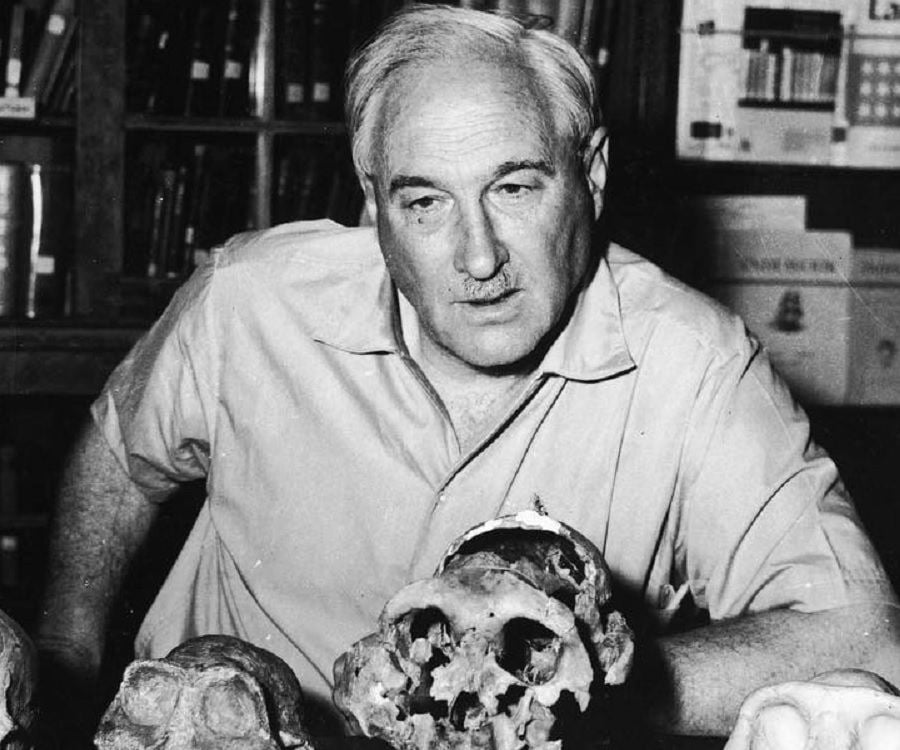A human anthropologist named Louis Leakey conducted research indicating that the earliest record of humans using opal can be traced back to 4,000 years ago. Wall paintings depicting opal were discovered in caves in Kenya (Sources: Kenyan Stone Age: The Louis Leakey collection). Around 100 AD, the Romans obtained a stone from merchants from the Middle East. These merchants introduced the stone to the Romans as "Upala," meaning "precious stone." The Romans greatly admired the colorful changing nature of this stone and designated opal as a gemstone. Because opal combines the colors of all other gemstones, the Romans considered it more valuable than any other gemstone. (There are also theories that it was introduced to the Romans by merchants from the Bosporus Strait and Constantinople, which later became part of the Roman Empire—Eastern Roman Empire. However, Constantinople did indeed have a strategic geographical advantage as a successor to the Middle East in relation to Europe.)

Louis Leakey (7 August 1903 – 1 October 1972)
In the 1st century AD, the Roman scholar Pliny the Elder wrote, "Of all the gemstones, Opal is the most difficult to describe in words. It contains the blood-red of rubies, the purple of amethysts, the sea-green of emeralds, all shimmering together in a stone that possesses such beauty it defies belief!"
The demand for opal among the Romans was significant, and it became a must-have item for the upper class. The opal at the time was primarily produced from opal mines in Czechoslovakia, also known as Hungarian Opal. Hungary served as the sole supplier of opal to the entire Europe until the 16th century. During the 16th century, which coincided with the Age of Exploration, the Spanish treasure fleet brought treasures from various countries around the world to Europe, including Mexican Fire Opal. From this point onward, the Romans became acquainted with opal from Mexico.
In 1863, a man named Tullie Cornthwaite Wollaston was born in South Australia. He was considered the progenitor of opal. In the early 19th century, Wollaston brought opal to England for sale and sold it to some American merchants as well. Since then, opal production in Australia has increased, and people from around the world, including Germany, Greece, India, China, Hong Kong, and France, have flocked to Australia to partake in the opal trade. Their arrival allowed Australian opal to be distributed worldwide on a larger scale, making opal well-known. Today, Australian opal accounts for over 95% of global opal production and holds an indispensable position in the jewelry market.

